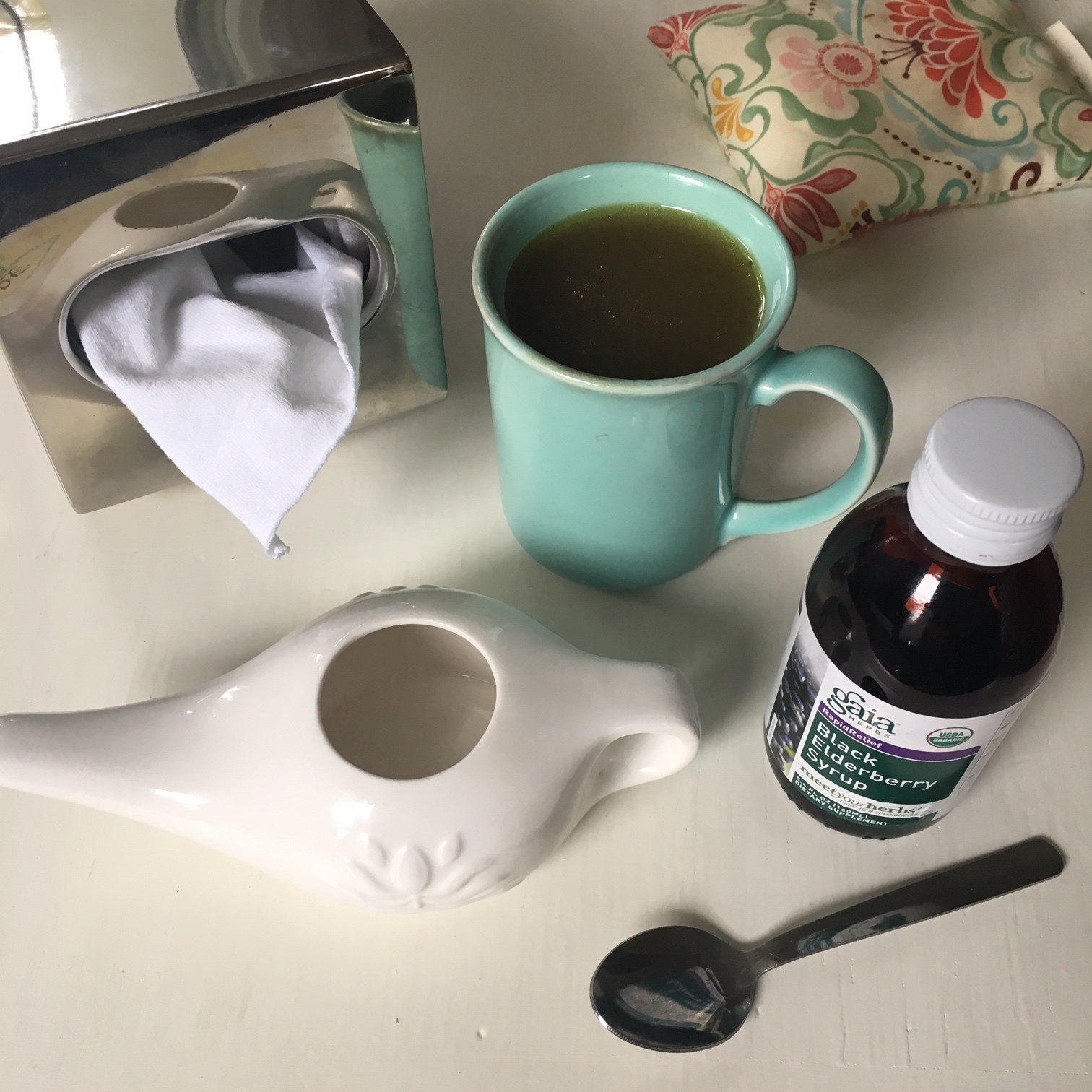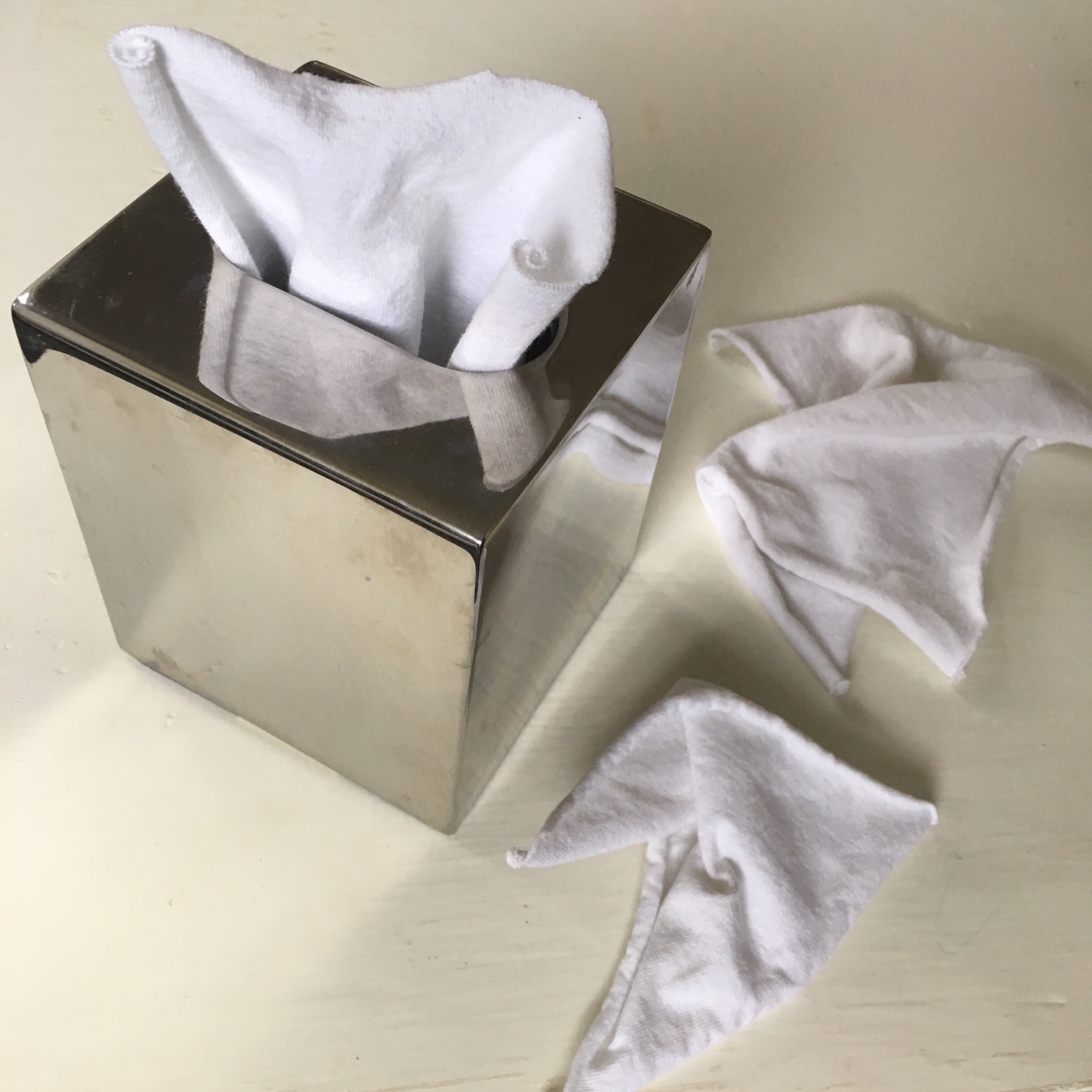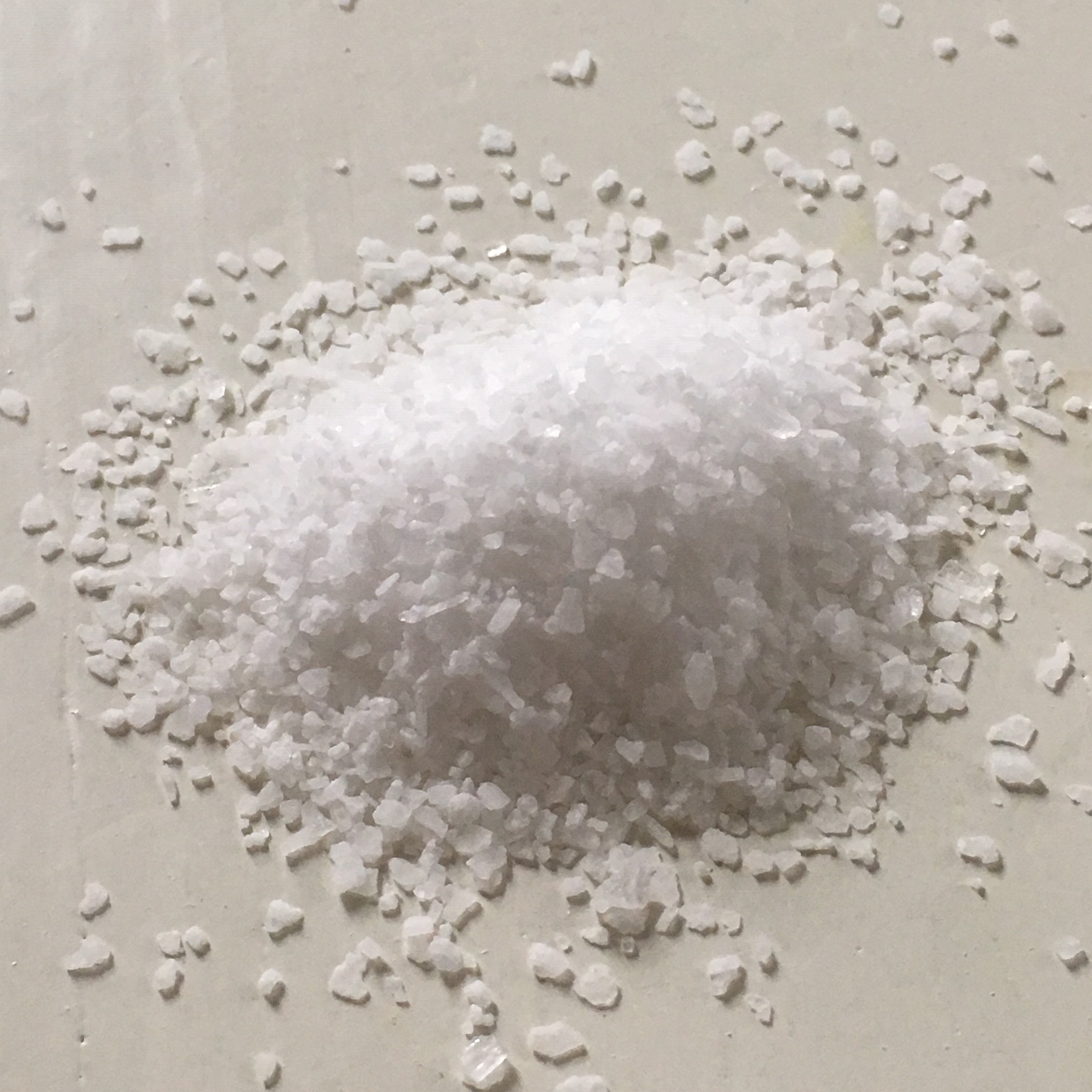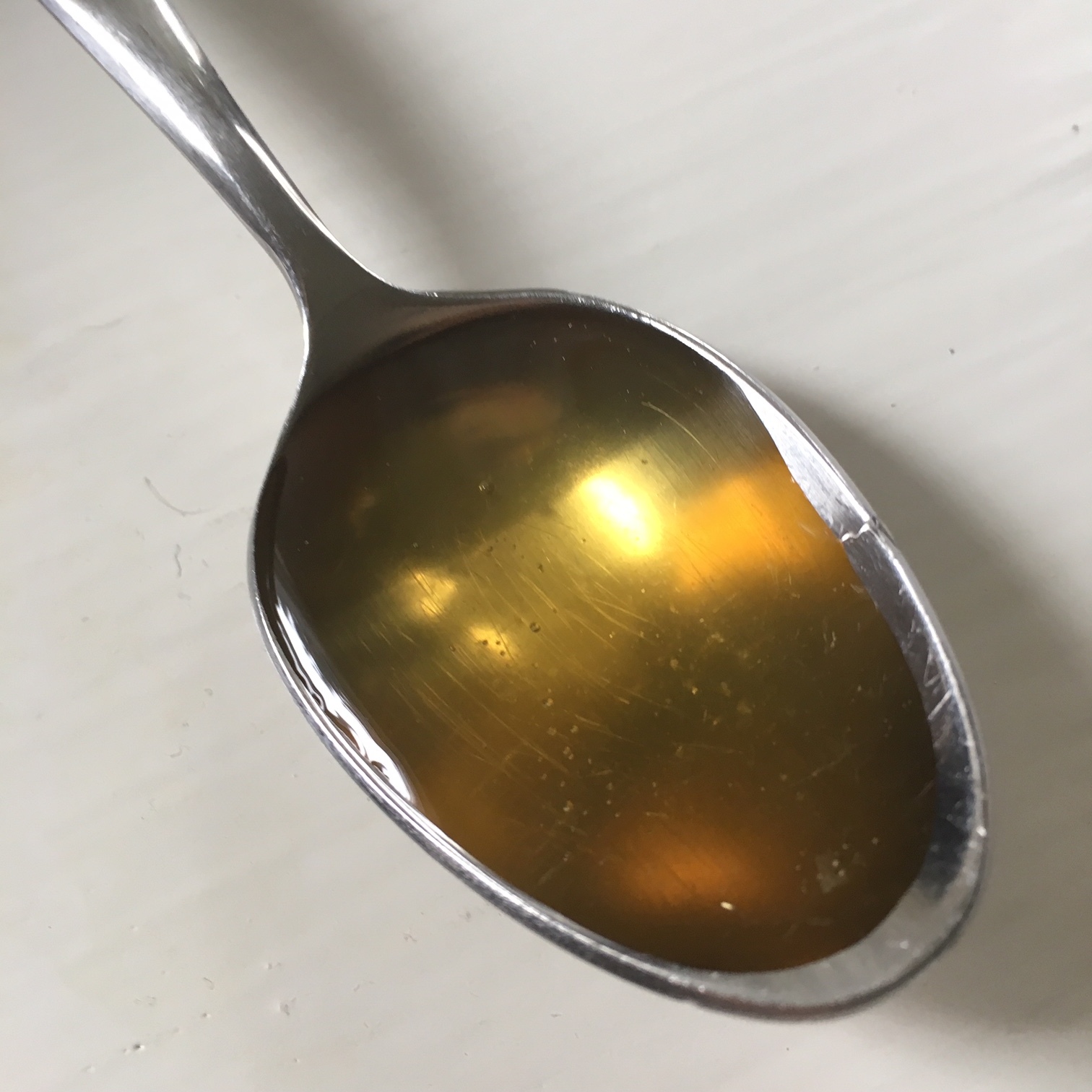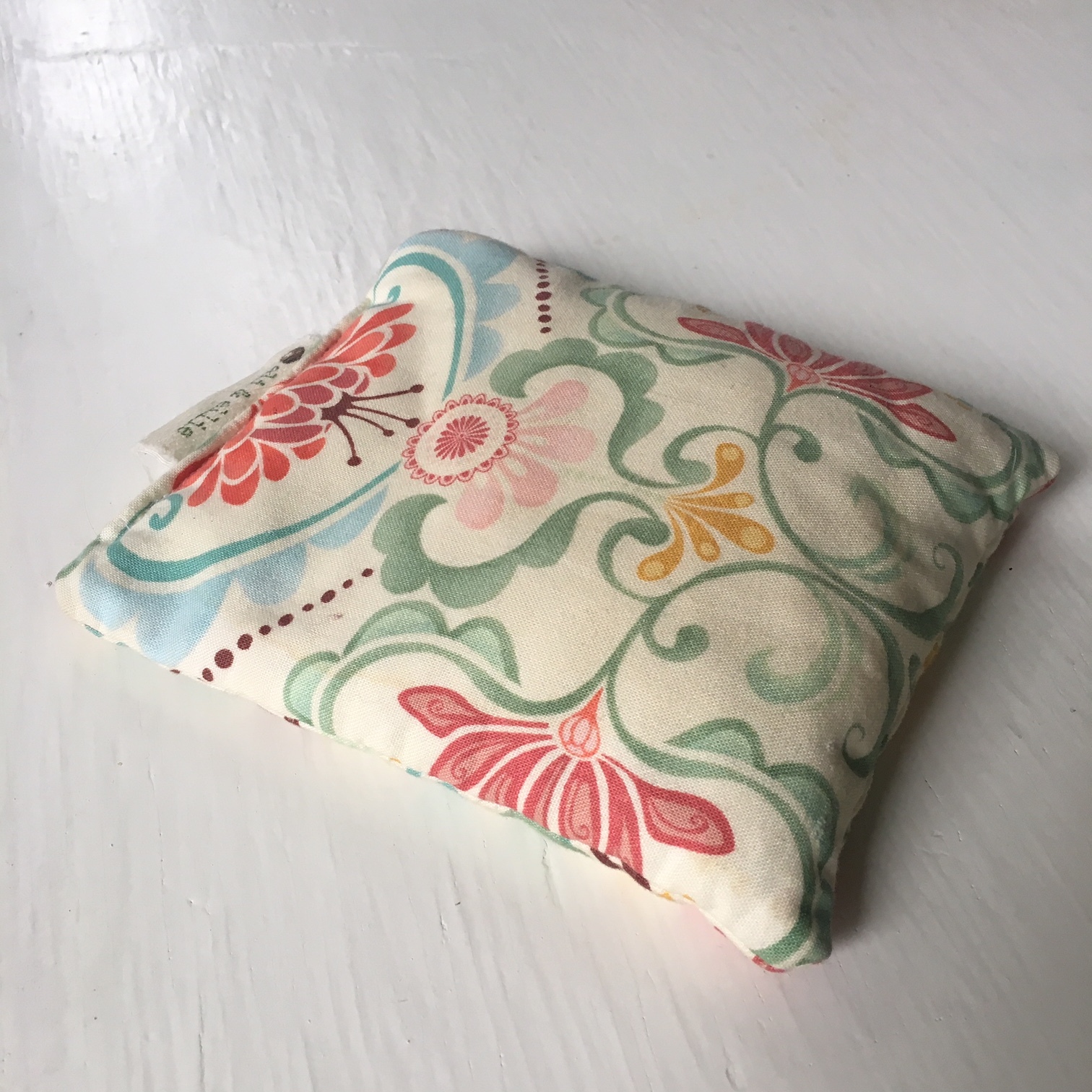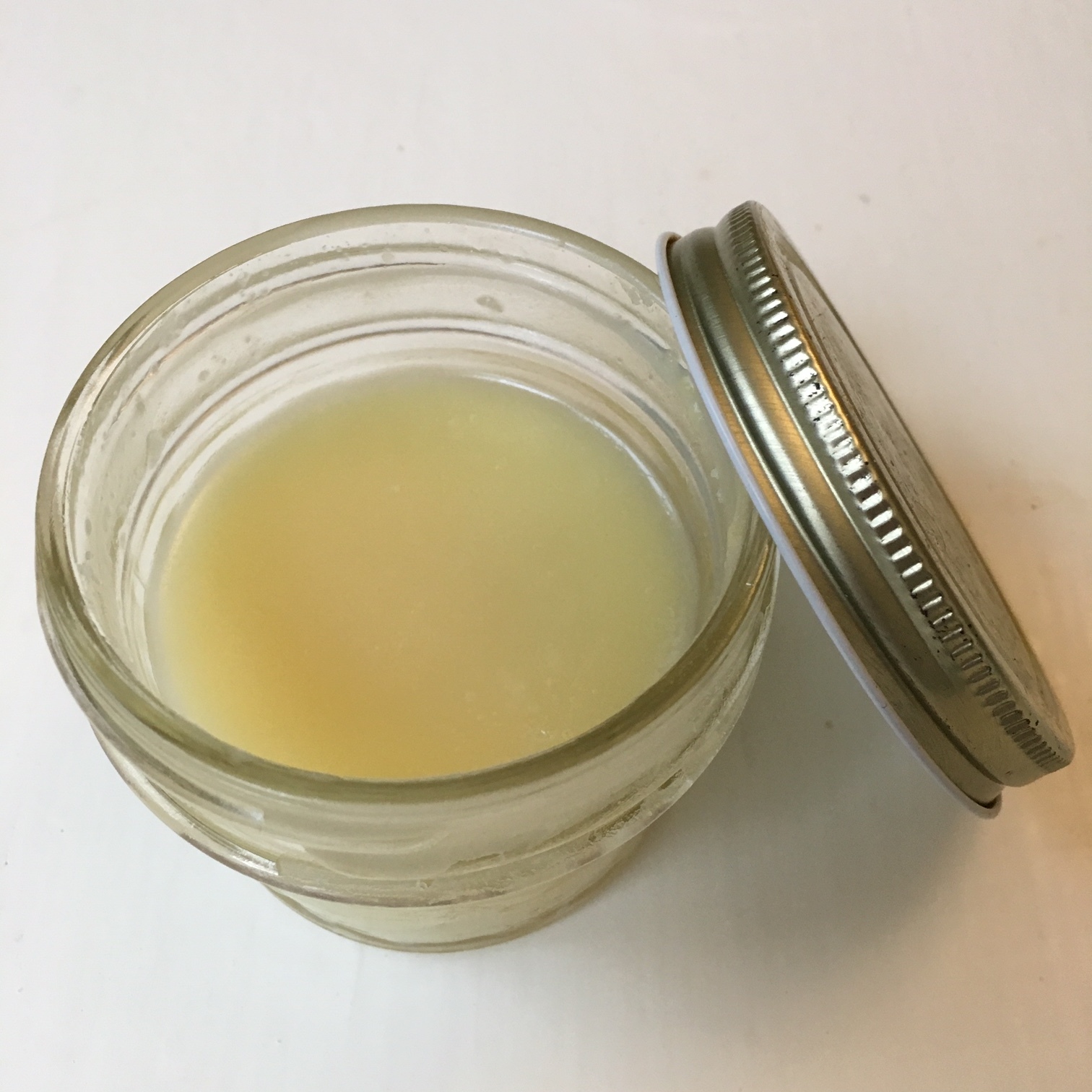WASTING LESS DURING COLD & FLU SEASON
Cold and flu are responsible for a great deal of misery and an even greater amount of waste. Wasted packaging and money spent on ineffective treatments, not to mention wasted time away from usual activities is inconvenient, at best. Causing widespread illness in fall and winter, cold and flu are two different types of respiratory infections caused by viruses. These illnesses have a season because cold weather drives people indoors where the dry air common during cooler months enables viruses to linger longer in the air after sneezes and coughs, increasing the chance of infecting us.
Reducing cold and flu waste starts with relying on evidence-based measures of prevention and treatment. (Less illness, means less waste!) The information here is not medical advice but rather a sharing of evidence I have considered and found beneficial for both my health and my goal of moving toward zero waste.
PREVENTION OF COLD & FLU: Cold and flu prevention starts with simple, low cost measures. Cleansing, sleeping, and vaccinating are a few such measures.
Cleansing. The knowledge that cleansing prevents infection is nothing new. Frequent hand washing significantly reduces the risk of catching or passing an infection because it reduces the chance of cold and flu viruses making contact with the eyes, mouth or nose. When washing hands, regular non-antibacterial bar soap that washes germs down the drain is least wasteful. In addition to the hands, the mouth is another place where cleansing can reduce cold and flu risk. According to research on upper respiratory infections such as colds, gargling nearly 1 ½ tablespoons of plain water three times for 15 seconds each, three times daily can significantly reduce the risk of infection.
Sleeping. Sleeping is another simple and surprisingly effective preventative measure. According to a 2009 Carnegie Mellon study, sleeping 8 or more hours per night can significantly reduce your chance of catching a cold. The study found those getting less than seven hours of sleep were three times more likely to catch a cold than those who slept eight or more hours.
Vaccinating. Last year a record 80,000 Americans died of flu and flu complications. Flu vaccination has been proven to reduce flu severity as well as the contraction of other illnesses such as colds, leading to fewer hospitalizations and deaths. The flu vaccine prevents millions of flu cases and medical visits every year. Preventing waste with the use of vaccines, saves an inestimable amount of medical waste (facial tissues, medication, exam gloves, IV bags & tubes, packaging, etc.) as well as waste from worktime lost and lives lost.
“According to a 2009 Carnegie Mellon study, sleeping 8 or more hours per night can significantly reduce your chance of catching a cold.”
REDUCING THE DURATION OF COLD & FLU: To minimize the length of the cold or flu, the following low waste measures are supported with both scientific and anedotal evidence.
Elderberry Syrup. Elderberry syrup is a remedy proven to reduce the duration of cold & flu by 2 to 3 days on average as well as reduce the severity of symptoms such as runny nose and nasal congestion.
Hydration. Drinking tap water, sipping bone broth (using my zero waste recipe), warm lemon water with honey, and eating watery fruit are all great low waste ways to stay hydrated. Avoiding alcohol and caffeine prevents dehydration.
Rest. Resting reserves energy for the immune system and boosts the body’s ability to fight infection. Avoiding alcohol and caffeine prevents sleep disturbances.
TREATMENT OF COLD & FLU SYMPTOMS: To minimize the severity of cold and flu symptoms, the following low waste measures are also supported with scientific and anedotal evidence.
Nasal Symptoms.
Sneezing: Cloth tissues are common in many parts of the world, especially in waste-conscious communities that are too smart to throw their money away with every blow of the nose. For those new to reusable tissues, the ick-factor may take some getting used to. A low commitment for sampling cloth tissues is to cut up an old cotton t-shirt using a paper tissue from your current stash as a template. After using the tissues, sterilize by washing, drying and/or ironing on the highest temperature settings recommended. Use the paper tissue box as a dispenser while you consider going full-on cloth.
Stuffy nose: A review of evidence regarding saline nasal cleansing (also called nasal irrigation and nasal rinsing) for upper respiratory conditions also found that saline nasal irrigation “may be an effective adjunctive treatment” for cold congestion. By far the most convenient, low-cost and low-waste method for nasal cleansing is to make saline solution yourself. I use a saline recipe using basic kitchen ingredients and dispense it using a reusable porcelain neti pot. Using an alternative dispenser already available in the home such as a drinking glass, measuring cup, or teapot is least wasteful but messier.
SALINE SOLUTION RECIPE: Measure about 4 cups of water using a quart-sized storage jar. Pour into a saucepan, add 1 teaspoon of sea salt, cover and bring to a boil for 5 minutes. (I set the timer for 10 minutes and walk away.) Let cool to a comfortable temperature, pour into in the quart jar used for measuring and use irrigation device as directed. If the solution stings (usually only a problem when iodized salt is used), add 1 teaspoon of baking soda. (This how-to demonstration by YouTuber Dawn for Life may be helpful for first-timers.)
Throat Symptoms.
Sore throat: Although scientific studies are lacking, gargling with saltwater is reported by many to reduce sore throat pain in the short term. The Mayo Clinic recommends gargling with a saline solution of 1/2 teaspoon salt to 1 cup of warm water and then spitting it out. If that seems like to much work, research from the field of orofacial myofunctional therapy suggests breathing through the nose when possible can reduce sore throat pain and bad breath by preventing dehydration of tissues in the throat.
Chest Symptoms.
Cough: A study from Pennsylvania State University found the common ingredient used in most over-the-counter cough suppressants, dextromethorphan, to be less effective than honey in treating cough. Honey performed significantly better in reducing cough severity, frequency and the degree to which the cough was reported as “bothersome.” Honey dosages were 1/2 teaspoon for children 2 to 5 years of age, 1 teaspoon for 6 to 11 years of age and 2 teaspoons for participants 12+ years of age.
Head & Body Symptoms.
Fever: Cool baths naturally reduce fevers without the need for medications packaged in single-use blister packs or plastic pill bottles. Simply draw up a cool bath and get in. Cold sock therapy is another zero waste method. All that’s needed are two pairs of socks, one cotton and one wool. Dip the cotton socks in ice water, wring out and put on feet. Put the dry wool pair on over the wet socks. If doing cold sock therapy at bedtime, the socks can stay on the feet overnight until dry.
Headache & Chills: Freeze or microwave a reusable hot/cold pack. If you don’t already own one, try making one of these easy DIY reusable hot/cold pack options.
Dry, Chapped Skin & Lips: Soothe chapped skin using package-free ingredients. Always having basic moisturizing balm on hand makes moisturizing easy when feeling under the weather.
“Honey performed significantly better in reducing cough severity, frequency and the degree to which the cough was reported as ‘bothersome.’”
TREATMENTS WITH CONFLICTING EVIDENCE AND/OR ARE POTENTIALLY HARMFUL:
Zinc. Proven to reduce the duration of colds and severity of symptoms as well as reduce the number of colds per year, it works by preventing viruses from replicating in the body. When taken in large doses or applied inside the nose, zinc has caused nerve damage including loss of smell. For this reason, some medical professionals recommend caution when taking zinc, especially in high doses.
Vitamin C. Vitamin C has been studied for years as a possible preventative measure or treatment of colds but findings have been inconsistent and, overall, experts have found vitamin C to be of little to no benefit.
Essential Oils. Essential oils are growing in popularity. Although many find aromatherapy enjoyable and useful in other applications, the evidence for preventing cold and flu or minimizing symptoms are preliminary and sparse.
Steam Inhalation. The usual recommendation for inhaling steam involves leaning the head over a steaming pot of water. A review of six clinical trials in adults with the common cold had mixed results with some participants experiencing symptom relief and others not. Additionally, some participants experienced discomfort inside the nose. Others not associated with the study have suffered severe burns from pots tipping over. If the research is iffy and there is a chance of getting burned, we’re probably better off saving time and hassle by inhaling steam during a hot shower.
TREATMENTS THAT DO NOT WORK:
Oral antibiotics. It is widely known in the medical community that antibiotics have no beneficial effect on the common cold or flu.
Cough Syrup with Dextromethorphan. Read the treatment for cough above and consider using honey instead.
Immune-Boosting Supplements. Research is showing the benefit of fizzy supplements added to water claiming to boost the immune system are likely related to the hydration from the water, not the supplement its self. Using this logic, drinking water, bone broth or other caffeine-free drinks would have the same effect without creating as much waste.
Sources:
Satomura, K. et al (2005). Prevention of upper respiratory tract infections by gargling: a randomized trial. American Journal of Preventive Medicine. Retrieved September 30, 2018, from https://www.ajpmonline.org/article/S0749-3797(05)00258-8/fulltext.
Cohen, S. et al (2009). Sleep Habits and Susceptibility to the Common Cold. Retrieved October 1, 2018, from https://jamanetwork.com/journals/jamainternalmedicine/fullarticle/414701.
Arriola, C. et al (2017). Influenza Vaccination Modifies Disease Severity Among Community-dwelling Adults Hospitalized With Influenza. Retrieved October 1, 2018, from https://academic.oup.com/cid/article/65/8/1289/3836421?searchresult=1.
FDA. (2016). Antibacterial soap? You can skip It, use plain soap and water. Retrieved October 1, 2018, from https://www.fda.gov/ForConsumers/ConsumerUpdates/ucm378393.htm.
Yu, James J. et al. (2018). Antibacterial soap use impacts skin microbial communities in rural Madagascar. Retrieved October 1, 2018, from https://journals.plos.org/plosone/article?id=10.1371/journal.pone.0199899.
Langdon, A., Crook, N., & Dantas, G. (2016). The effects of antibiotics on the microbiome throughout development and alternative approaches for therapeutic modulation. Retrieved October 1, 2018, from https://genomemedicine.biomedcentral.com/articles/10.1186/s13073-016-0294-z.

